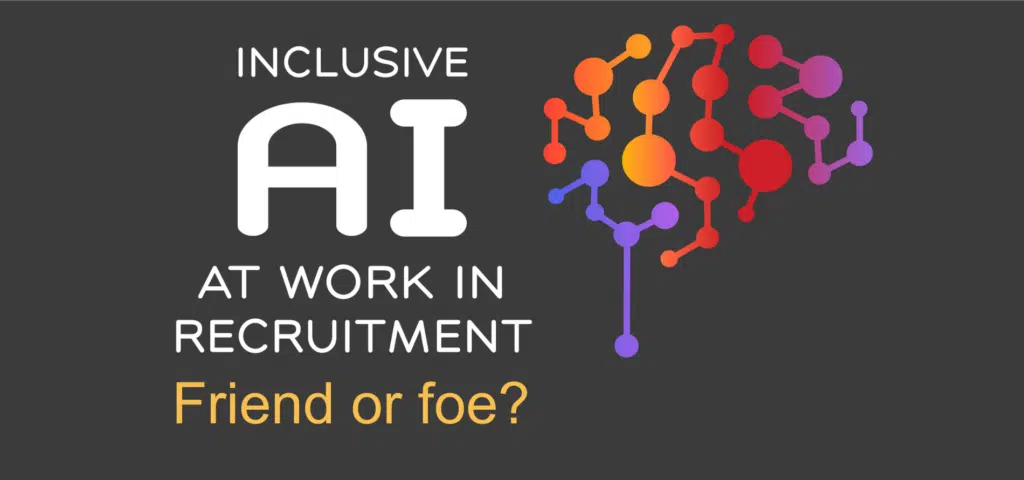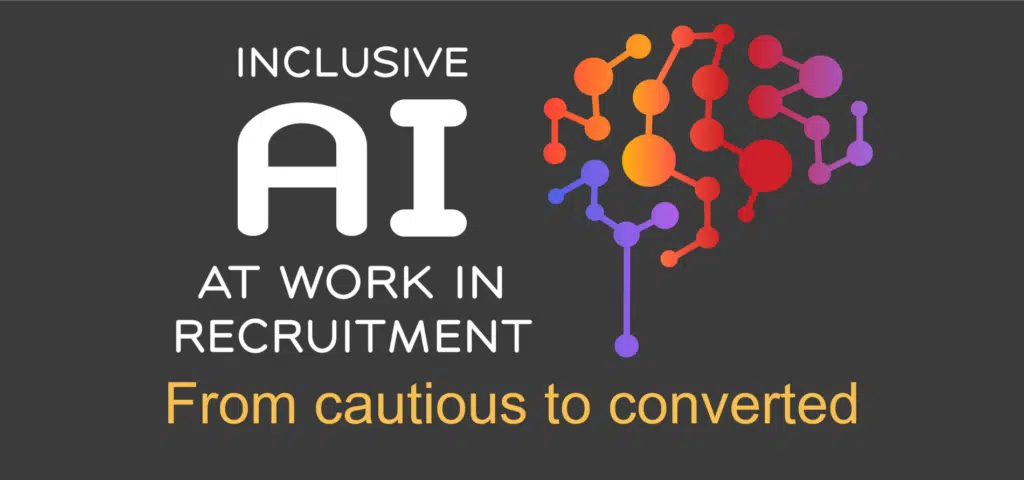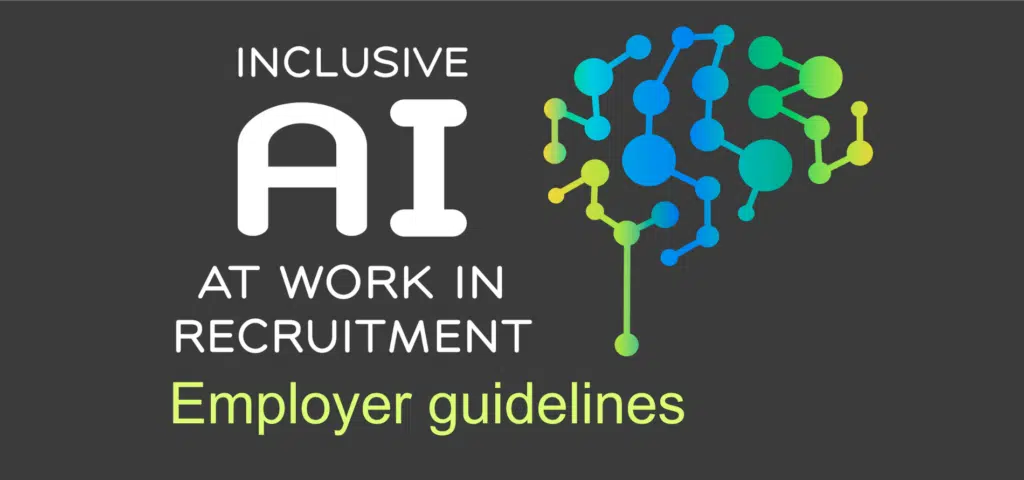Artificial Intelligence (AI) at Work in Recruitment
AI at Work in Recruitment is a three-year research project that is a joint initiative between DCA, Hudson RPO and Monash University. The project commenced in 2021 and was carried out in three stages centred around three key areas:
- the potential positive versus negative impacts of using AI in recruitment
- the current state of affairs of AI-supported recruitment in Australia
- how organisations can use AI in recruitment to help not harm diversity.
Within Australia and globally, there is an unprecedented level of activity and investment in AI, including in relation to AI-powered recruitment. When AI recruitment tools are designed and deployed with diversity front of mind, they can increase accessibility, fairness, objectivity, and transparency, while also broadening applicant pools and diversifying hires. Conversely, without a diversity focus, AI recruitment tools can inadvertently bake in bias and so hinder efforts to increase workforce diversity.
Stage 1: Is Artificial Intelligence a friend or a foe when it comes to recruitment tools?
Artificial intelligence (AI) can improve efficiency for organisations by automating processes such as writing job descriptions or communicating with candidates. It is convenient and can save time by, for example, automating interview scheduling. If designed and deployed with D&I in mind, it can help recruiters be more objective in their decision making.
But for AI to support inclusive recruitment, there needs to be more support for recruiters, HR professionals and developers who use these tools to learn how to eliminate, rather than amplify, bias. This requires developers to apply a D&I lens during the design and testing of these tools, and recruiters and HR professionals to apply a D&I lens when AI tools are being deployed.
Stage 2: The state-of-play of AI-supported recruitment in Australia
Stage two of this project maps out the current state of play in artificial intelligence nationally, highlighting how widespread the application of AI tools and software already is. The report found that AI works like a ‘digital recruitment consultant’ – it can simulate human intelligence and mimic recruiters’ actions to automate, communicate, assess, and predict throughout the recruiting process. This can be used in a variety of ways across the planning, sourcing, application, screening, assessment and onboarding stages of recruitment.
Automation
When machines do manual tasks for humans
Communication
When machines speak for humans
Assessment
When machines analyse data for humans
Prediction
When machines learn to predict for humans
When it comes to how the use of AI is perceived, the report found that experiences and attitudes around AI-supported recruitment fall very clearly into one of two camps: the converted or the cautious. It offers advice on how recruiters who are either converted or cautious, can get a positive D&I impact from AI.
Stage 3: Using AI in recruitment to help, not harm, diversity
AI-powered recruitment can be a double-edged sword when it comes to workforce diversity. In stage three of this project, DCA explores the many ways AI in recruitment can impact workforce D&I and has developed a five-step guide and self-assessment checklist to support organisations when considering deploying an AI-tool as part of their recruitment process.
T.R.E.A.D. (Team Up, Reflect, Educate, Acquire, Decide) – a 5-step process to help employers ‘tread carefully’ when it comes to possible D&I risks in AI recruitment.
Reflective assessment checklist – for use in the ‘Decide’ stage, a checklist that enables employers to make an informed decision about how they can best proceed with deploying an AI recruitment tool, so that it helps rather than harms workforce diversity.

Explore the research
Learn more
Want to use our research?
Materials in this document are © Diversity Council Australia Limited, 2023 and come under our Terms of Use and Privacy Statement.
If you wish to use any content in this report, please contact us at research@dca.org.au to seek consent.
Where you refer to our research publicly, you must correctly attribute it to DCA.
We require formal attribution for all written references to our research material. Citing DCA as a source will suffice where the reference is verbal.



